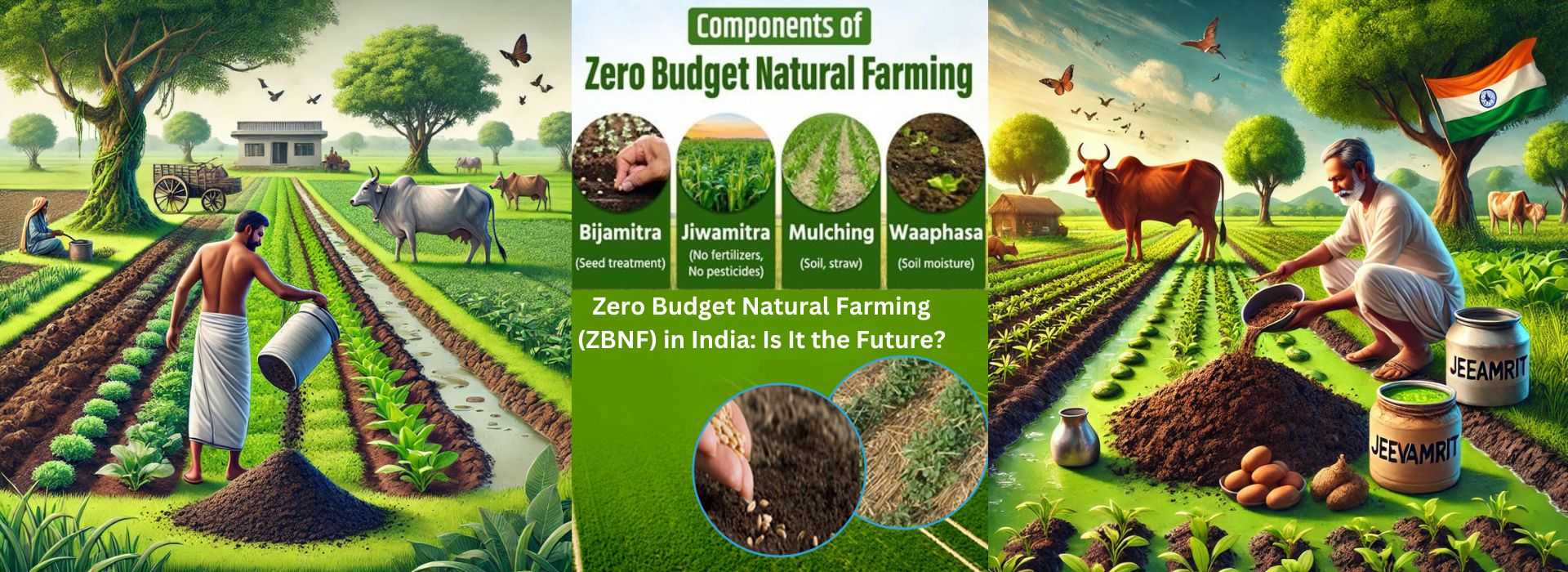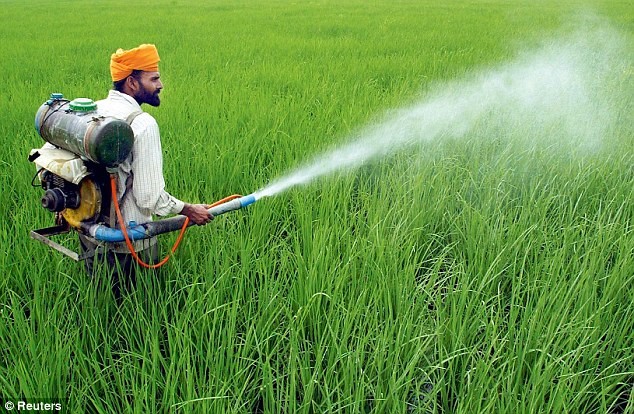The Blanket that Protects Our Future
March 19, 2024The intricate dance of agriculture, where humanity and nature meet, crop cover emerges as a crucial player in the symphony of sustainable farming practices. This "blanket," more formally known as cover cropping, is not a novel concept but an age-old practice experiencing a renaissance in the modern era of agriculture. Its benefits span the gamut from improving soil health to combating climate change, making it a key piece in the puzzle of future farming sustainability.
Click Here and Buy Best Quality Crop Cover
The Essence of Crop Cover
At its core, cover cropping involves planting specific crops that are not intended for harvest but are grown to cover the soil rather than leaving it bare. These crops, often legumes, grasses, or other green plants, are planted during or between planting seasons for a multitude of beneficial reasons. The essence of this practice lies in its simplicity and the profound impact it can have on the agricultural ecosystem.
The Multifaceted Benefits
Soil Health:
Cover crops act as a living mulch, protecting the soil from erosion caused by wind and water. They improve soil structure, increase organic matter, and enhance the proliferation of beneficial microorganisms. This leads to increased water infiltration and retention, reducing the need for irrigation and the risk of drought stress.
Nutrient Management:
Leguminous cover crops have the ability to fix atmospheric nitrogen, enriching the soil with this essential nutrient, which is vital for the growth of subsequent crops. Other types can scavenge leftover nutrients from the soil, preventing them from leaching into waterways and contributing to pollution.
Weed and Pest Control:
A well-established cover crop can outcompete weeds for light, space, and nutrients, reducing the need for herbicides. Certain cover crops also have the ability to suppress soil-borne pests and diseases, breaking the cycle of infestations that can plague crops.
Climate Resilience:
Cover crops play a significant role in carbon sequestration, capturing carbon dioxide from the atmosphere and storing it in the soil. This not only mitigates the impact of agriculture on climate change but also enhances soil fertility. Additionally, the improved soil structure and increased organic matter help fields withstand the extremes of climate variability, from intense rains to drought periods.
Implementation Challenges and Solutions
While the benefits of cover cropping are vast, its adoption faces several hurdles, including additional costs, the need for specialized knowledge, and the challenge of integrating it into existing farming systems. However, innovative solutions such as cost-sharing programs, educational outreach, and the development of equipment suited for cover crop management are making it more accessible and practical for farmers around the globe.
The Road Ahead
The resurgence of interest in cover crops is a testament to the growing recognition of sustainable agriculture's role in securing our food system against the backdrop of a changing climate. As research continues to unveil the multifaceted benefits of cover cropping, it is becoming increasingly clear that this green blanket could be a key to unlocking a more resilient and sustainable agricultural future.
In embracing the old to innovate the new, cover cropping stands as a beacon of hope, a practice both simple and revolutionary, offering a pathway towards an agricultural system that nourishes the earth as much as it does its inhabitants. The green blanket of crop cover, it seems, has the potential to protect not just our soil, but our future.
At krishibazaar.in, you can find and buy various agricultural products. For agricultural guidance on selecting the most suitable products for your crops, please contact or WhatsApp at +917887880887






Guest reviews
No reviews found for this Blog